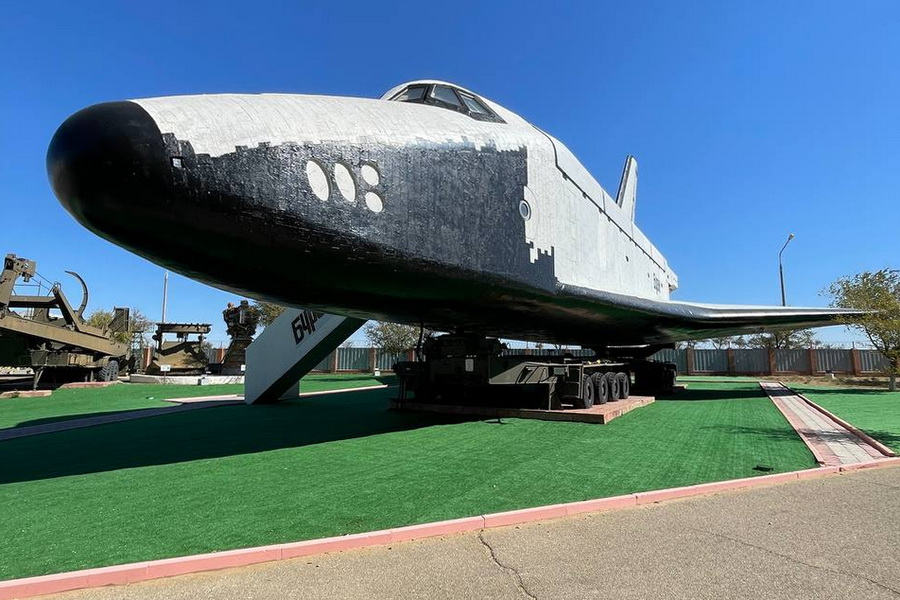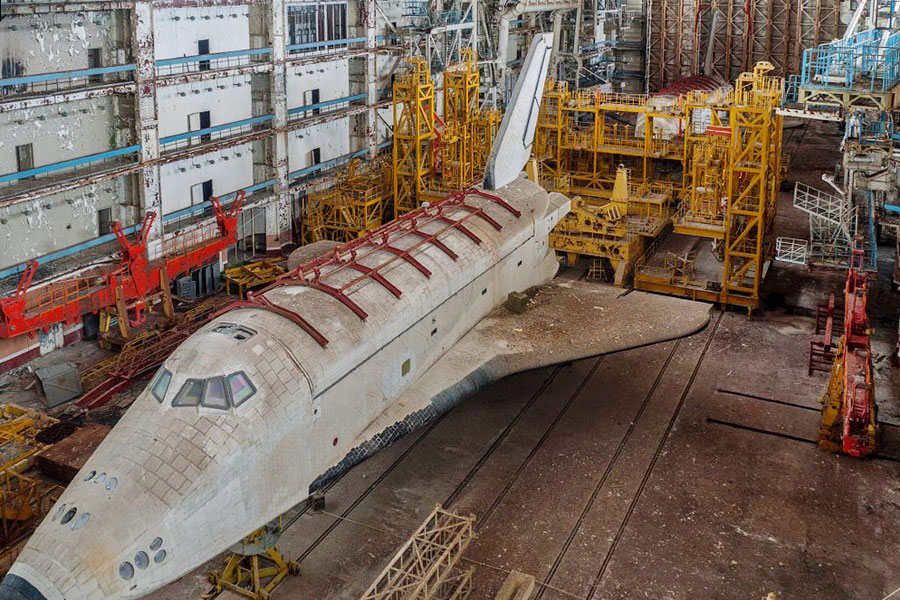
The Buran orbital spaceship stands as one of the most significant projects in the history of the Soviet space program. The initiative was conceived as a response to the American Space Shuttle program. Yet, despite 15 years of laborious work, the Buran accomplished only one flight to space before it was permanently consigned to the hangar a few years later. The Buran was designed to deliver spacecraft, payloads for orbital stations, and cosmonauts into Earth's orbit. It also had a strategic military role, which essentially justified the existence of the project.
The story begins in 1972 when U.S. President Richard Nixon announced the commencement of the Space Shuttle program. This instigated a reaction from the Soviet Union, prompting them to investigate the potential of an American-style shuttle. After a thorough assessment of the shuttle's characteristics, the experts warned the Soviet Defense Ministry of the possible threat it posed: the shuttle could potentially transport nuclear weaponry and launch a strike anywhere across the globe, and its cargo bay and manipulator arm could potentially be used to hijack Soviet satellites from orbit. In response to this, the Soviet government resolved to retaliate!

In the spring of 1973, the Soviets kick-started the design process of their future orbital spacecraft, though these were only preliminary plans at the time. By 1975, Soviet intelligence had acquired diagrams and photographs of the American shuttle, and by November 1976, they had approved a detailed technical specification for their upcoming space shuttle, dubbed Buran-Energia. Contrary to what one might think, this wasn't a direct copy. Soviet engineers only adopted the fundamental concepts of the shuttle: the configuration of the fuselage and cargo compartment, the principles of thermal protection, and various other details. However, different specifications for orbital launches necessitated a unique launch vehicle and landing methodology. Therefore, even though the spacecraft bore a striking resemblance, they were inherently different.

The Buran-Energia program involved much more than just the development of the shuttle; it also included the construction of the Energia heavy rocket intended to transport it into orbit. In tandem with this, numerous additional elements were in development and production. The Yubileyny airfield was established at Baikonur Cosmodrome, specifically for the Buran's eventual landing, while 14 other airfields in the USSR and abroad were enhanced to facilitate potential emergency landings. For the pre-launch transportation of the shuttle to the spaceport, the AN-225 Mriya and BM-T Atlant transport aircraft were designed and constructed. An analogue of the Buran was also produced for atmospheric flight testing and pilot training. Furthermore, in Baikonur city, a new residential district comprising nine-story buildings was erected to accommodate the specialists working on this massive project.

Construction of the orbital spacecraft and its various modifications began in Moscow in 1980, and the first unit was completed in 1984. Atmospheric flight tests were conducted between 1985 and 1988, during which all automatic unmanned control systems were thoroughly tested.
Buran's maiden and only flight took place on November 15, 1988. Launched from pad 110 at Baikonur Cosmodrome, the Energia rocket deployed the Buran spacecraft into orbit, which made two revolutions around the Earth before making a successful landing at the Yubileyny airfield. This was an unmanned flight, and the automation of the spacecraft demonstrated its remarkable reliability. During the landing, the onboard computer received updates about wind changes and adjusted the course for an optimal approach to the landing strip.

Regrettably, the project's crowning achievement came at the end of the USSR era. In 1990, the development was halted, and a year later, the nation had disintegrated. The spaceport found itself in Kazakhstan, while all the development work was conducted in Russia. In 1993, the Buran-Energia program was officially terminated. One of the contributing factors was the prohibitive costs associated with space ventures. The project's final chapter unfolded in 2002 when the roof of the assembly and testing facility, where the Buran was stored at Baikonur Cosmodrome, collapsed on May 12. The orbital spaceship, once the pinnacle of the Soviet space program, was entirely destroyed and later disassembled and sold off as scrap metal.
The Buran spacecraft had the following specifications: length - 36.4 meters, wingspan - 24 meters, height with landing gear - 16.5 meters, total mass with maximum load - 105 tons, maximum payload - 30 tons, capacity - 10 people. The Buran was designed for 100 space flights.

Despite their similar outward appearance, the Buran and the Space Shuttle had numerous differences. The Buran's onboard computer and engine system allowed for multiple landing attempts, whereas the Space Shuttle was always manually controlled, planned to glide with engines off, and only allowed for a single landing attempt. Additionally, because Baikonur is farther from the equator, launches necessitated a reduction in spacecraft mass and other structural modifications: thus, while the Shuttle functioned as a distinct rocket stage, the Buran merely served as a payload, though this allowed for other vehicles to be launched into space using the Energia rocket.
In addition to the Buran, several other spacecraft were built or were in development:
BTS-02, a ground-tested and atmosphere-flown replica of the Buran, was constructed concurrently with the Buran in 1984, and made 24 flights between 1985 and 1988. After the program was closed, it was displayed at various airshows for many years, and today it is an exhibit in the Museum of Technology in Speyer, Germany.

Buran 1.02 was the second iteration of the Buran. It was almost ready for flight in 1992, but the termination of the program led to its storage. Along with it, a mock-up for ground testing was created. Today, both spacecraft are located in an abandoned complex, №112a, at Baikonur Cosmodrome, covered in dust and grime, with much of the equipment stolen or fallen into disrepair.
Buran 2.01, the third flying prototype and second version of the orbital spacecraft, was designed for more complex and longer flights and was intended to be the first manned rocket plane. Owing to the cancellation of the program, it was about 40% complete and is now stored at the Russian Cinema Complex in the Moscow region.
Buran 2.02, the fourth model, was 10-20% complete, primarily in the nose section. It was later disassembled for scrap, with its protective panels sold online.
Buran 2.03, the fifth and final prototype, had construction discontinued at the very beginning.

OK-ML1, one of the earliest Buran ship models, was built and sent to Baikonur in 1983, before the first flying prototype appeared. It was specifically used for various dimensional and weight tests, as well as for practicing prelaunch processes on the launch pad. After testing was complete, it was stored in the spaceport's outdoor area, and in 2007, it was moved and installed near the Cosmodrome Museum. Today, it can be seen during tours to Baikonur, and during the tour, you can climb aboard, walk through the cargo compartment, and ascend to the cockpit.

